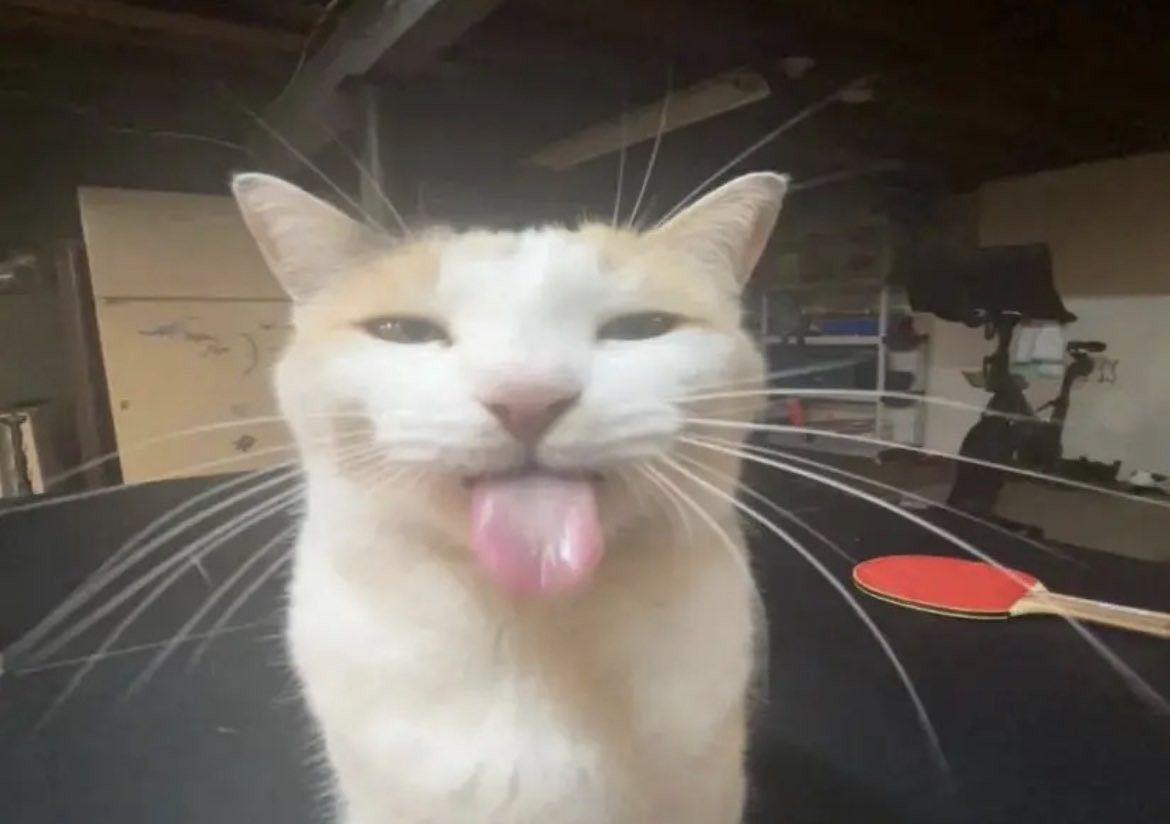WEEK 3 MICROTAXONOMY
Cards (45)
- "The theory and practice of delimiting organisms and classifying them"Simpson 1961
- kinds of organisms are recognized and delimitedmicrotaxonomy
- kinds of organisms are classifiedmacrotaxonomy
- alpha taxonomy - recognition and description of species and first classification
- beta-taxonomy - classification of species in an hierarchical system
- y-taxonomy -evolutionary factors
- A group of organisms that are very similar to each other and is capable of interbreeding is a species
- species - any different kind of thing (Plato)
- Any unit possessing a common essence (Principle of logical division by Plato)
- True breeding; variations are by accident (John Ray)
- deviant forms were not deserving to the rank of species but rather of variety (Linnaeus)
- Specific form "conditioned by function" (Cuvier)
- Individuals closely resembling each other and does not much differ from the term variety (Ernst Mayr)
- Morphological Species Concept - members of a species are individuals that look similar to each other
- MSC
- Smallest groups that are consistently and persistently distinct and distinguishable by ordinary means (Cronquist)
- MSC
- Easily organized kinds of organisms based on simple gross observation (Shull)
- MSC
- Distinct morphological characters are enough to entitle it (Regan)
- MSC Problems
- Arbitrary - individuals of two populations were very hard to tell but would not mate with one another
- MSC Problems
- Mimicry - organisms of the same species can look similar to one another
- MSC Problems: Mimicry
- Batesian Mimicry - mimic resembles a model that is poisonous; usually based on appearance, calls, scents
- MSC Problems: Mimicry
- Mullerian mimicry- Two or more equally poisonous or distasteful species have a similar color pattern
- MSC Problem
- Sexual Dimorphism -systematic difference in form between iof different sex in the same organism
- MSC Problems
- Allometric Variation - different structural proportions in different life stages
- MSC Problem
- Metamorphosis
- MSC Problems
- Heteroblasty - plants has a rapid change in the ontogenetictraits
- Biological Species Concept (BSC) - a species is a group of actually or potentially interbreeding individuals who are reproductively isolated from other groups
- BSC Problems
- Testing for interbreeding under natural conditions:
- There are asexually reproducing organisms
- BSC Problems
- Sympatric speciation- reproductively isolated organisms
- Allopatric speciation - geographical isolation
- Horizontal gene transfer makes classification difficult
- BSC Problems: Reproductive isolation
- Hybridization is common
- Evolutionary Species Concept (ESC) - a lineage evolving separately from others with its own unitary evolutionary role and tendencies
- ESC Advantage
- Solves the problem of intermittent hybridization
- Phylogenetic Species Concept (PSC) - smallest recognizable monophyletic group; has share derived characters
- PSC Problems
- Distinguishing between gene trees and species trees
- What is the best way to define a species?
- Pluralism is the key biological species concept
- The BSC helps us ask for species are formed
- CONCEPTS OF SPECIATION: Reproductive Isolating Mechanisms
- Prezygotic Mechanisms
Prevents mating from occuring- CONCEPTS OF SPECIATION: Reproductive Isolating Mechanisms
- Prezygotic Mechanisms
- Isolated by time
Temporal Isolation- CONCEPTS OF SPECIATION: Reproductive Isolating Mechanisms
- Prezygotic Mechanisms
- Same geographic area but with different habitats
Habitat Isolation- CONCEPTS OF SPECIATION: Reproductive Isolating Mechanisms
- Prezygotic Mechanisms
- Different courtship rituals; little or no sexual attraction
Behavioral isolation- CONCEPTS OF SPECIATION: Reproductive Isolating Mechanisms
- Prezygotic Mechanisms
- Structural differences in genitalia or flowers
Mechanical Isolation
